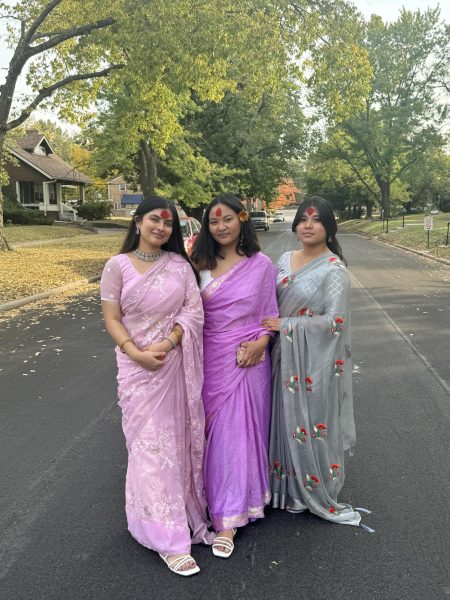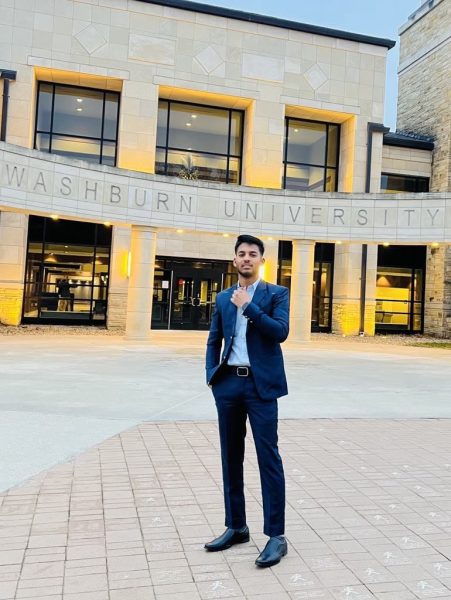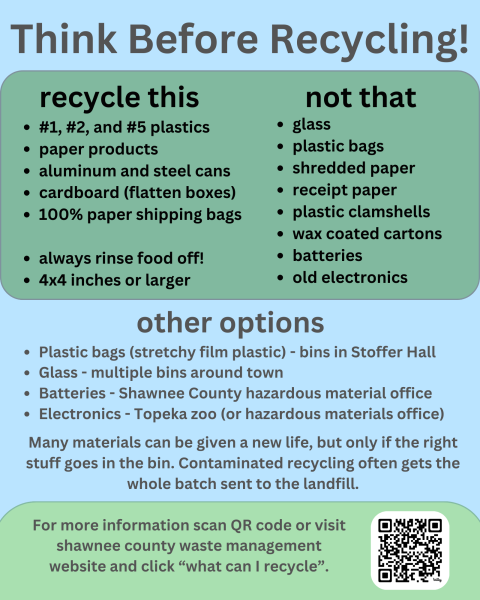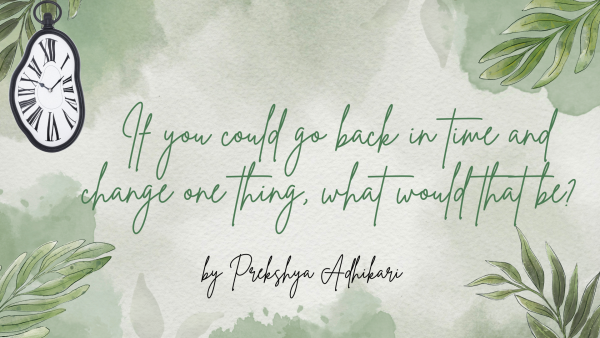DNP: Students explore civil rights in the South
Do not publish, waiting on quotes from students
Students in the 2020 Exploring Civil Rights class went on a trip to the south during spring break. The class is taught by three professors, Muffy Walter, an English professor, Bruce Mactavish, a history professor, and Matthew Nyquist, a mass media film & video professor. The three professors led the trip together.
“It’s pretty impressive to see those kinds of things, and I think that gives students first-hand knowledge that they wouldn’t have otherwise just read about it in a book,” said Walter.
It was Walter’s first time to lead the class to the south.
Before the trip, students had readings related to race and white fragility and civil rights. They got a lot of historical context about civil rights from Mactavish. They were put into groups, which had students of different majors and different races. Each group had writing assignments over the trip and made a film about civil rights with the help of Nyquist.
“We tried to make the groups diverse in some ways. It’s a definite mix of racial and ethnic backgrounds,” said Walter.
Students did the same assignments together. The trip was seven days. The class departed Saturday, March 7 and came back to Topeka Saturday, March 14. They went to museums in Memphis, Oxford, Money, Indianola, Jackson, Demopolis, Alabama, Selma, Montgomery and Birmingham.
“I think Civil rights museums, each one has a slightly different take on how they portray the journey through civil rights in the United States,” said Walter.
Students would get first-hand knowledge of what’s happening when they go to the place in person. They walked through the Edmund Pettus Bridge in Selma, Alabama. It’s the bridge that Martin Luther King, John Lewis and other marchers crossed when they made their way through Selma to Montgomery in the Civil Rights Movement. In the trip, students could also get to touch the pulpit where Martin Luther King Jr. first peached.
“That’s powerful, incredibly powerful, to be doing what people were actually doing during the Civil Rights Movement and see how they did it and,” said Walter. “Then have it in the struggle contacts, like we’re going to walk that bridge in jeans and tennis shoes, and they were walking that bridge in suits, dresses.”
Some places could be very emotional for people. One of those is The National Monument for Peace and Justice, also known as the Lynching Museum.
That way it’s organized, it’s powerful, according to Walter, she didn’t make it through there without crying.
Students in the class are very diverse and they have different backgrounds. Black students, white students, local students and international students would have different feelings and understandings.
“From my own perspective, as a white woman, I just have to be nervous, because I have to be conscious of where everybody’s coming from, and make sure everybody is respecting everybody else,” said Walter.
This trip helped students to understand civil rights more deeply. This experience brought them the knowledge and feelings that they couldn’t get from reading books in the classroom.
The trip in the Exploring Civil Rights class happens every year and students can be financially supported by the Washburn Transformational Experience (WTE). For more information about the class, contact Walter at muffy.walter@washburn.edu.
Edited by Adam White,
Your donation will support the student journalists of Washburn University. Your contribution will allow us to purchase equipment and cover our annual website hosting costs.








